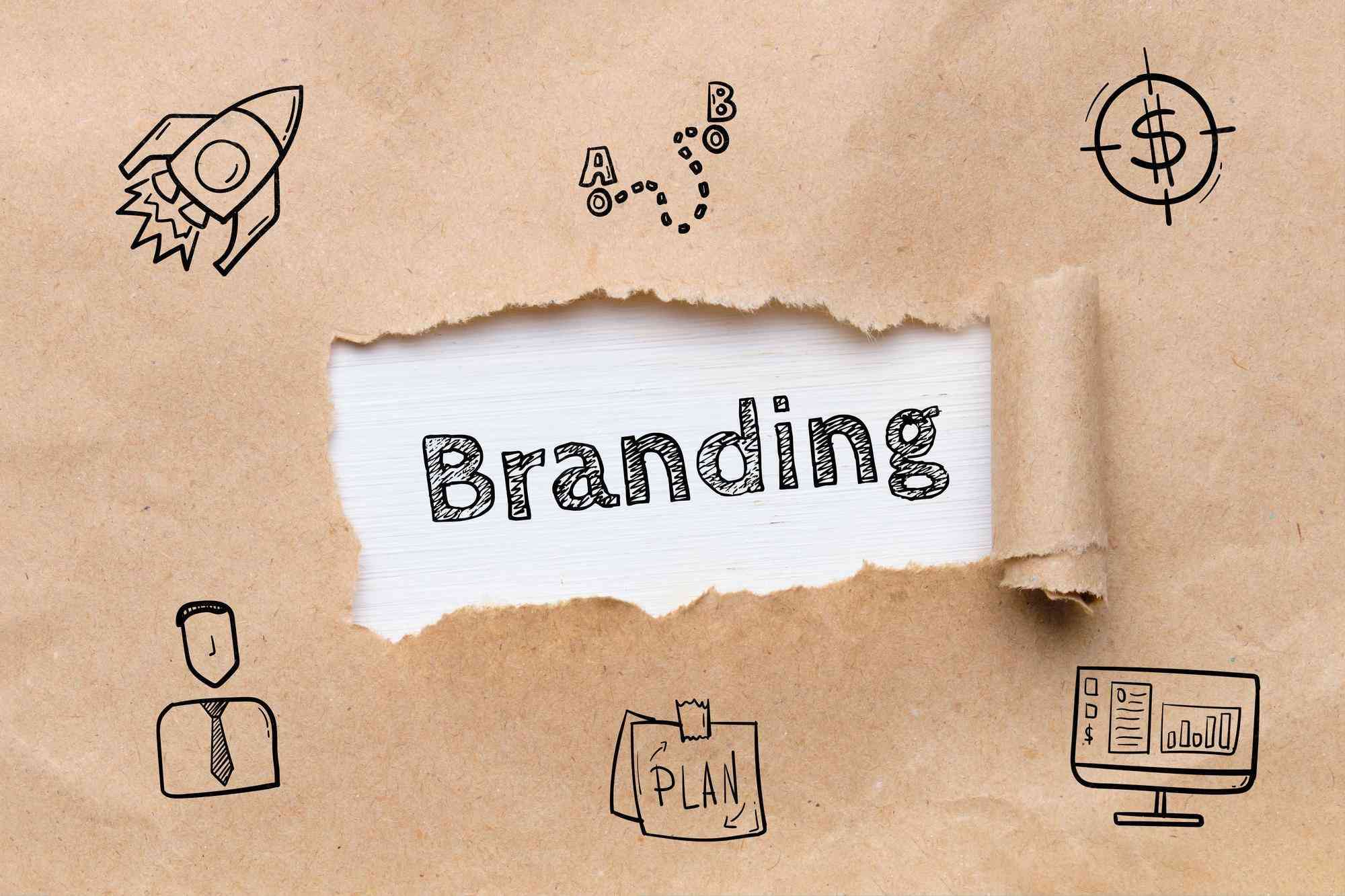
AS has been the emphasis of this series, branding and promotions are important components of an entrepreneur’s marketing strategy as they play a crucial role in the enterprise’s success and growth.
Branding establishes a unique identity, which differentiates the enterprise from its competitors while building recognition, trust as well as loyalty from customers.
This calls to mind brands such as ‘Pamper’ as well as ‘Duralwall’, which has such a powerful impact on their Zimbabwean market where people tend to refer to baby diapers and security walls using these names without second thought that these are names of companies and not the product.
It also creates an emotional connection with the target audience, which cannot be easily taken away or copied.
Increasing brand value and equity supports the enterprise’s long term growth and sustainability.
On the other hand, promotions raise awareness about products, which in turn drives sales and revenue growth.
Promotions encourage engagement and interaction with the customers (a popular example being the OK Grand Challenge, which has become an annual event that brings customers and OK together in an informal setup); by doing so, they help position a brand in the market and maintain competitiveness.
Combined, branding and promotions reinforce a consistent message and image yielding a strong brand reputation, which is the prerequisite when fostering customer retention as well as maximising the entrepreneur’s return on investment.
- Chamisa under fire over US$120K donation
- Mavhunga puts DeMbare into Chibuku quarterfinals
- Pension funds bet on Cabora Bassa oilfields
- Councils defy govt fire tender directive
Keep Reading
Consequently, in the 21st century competitive market, which has popularised the acronym VUCA (volatile, uncertain, complex and ambiguous), a well-crafted branding and promotion strategy is a must for entrepreneurs to stand out, attract customers and achieve their vision.
In order to create a strong, recognisable and memorable brand that resonates with the target audience, attention to detail is very important – detail in the language, spellings and grammar, visuals – colour/ music/ objects/ pictures/ material, cultural or political connotations among other issues.
The detail included in the brand or promotion communicates the entrepreneur’s image and message beyond the target market building consistency.
Consistency nurtures familiarity, which in turn breeds trust as well as loyalty among customers.
Consistency reduces confusion as customers can easily get puzzled by mixed messages; thus helps customers grasp the entrepreneur’s value proposition and unique selling points.
By analysing some established well-known brands, you will find that over the years the brand has maintained a consistent message through certain words/ colour/ image despite changing marketing criteria regularly in response to changes in consumer expectations.
Attention to brand detail conveys professionalism and credibility of the business, setting it apart through unique visual and tone elements.
Thus when preparing promotional material or any communication whether electronically (such as emails) or hard copy – the business’ uniqueness should be apparent in the detail; here and there you find spelling and grammar mistakes.
For example, one that we came across recently, which read ‘trained staff and personals available’ instead of ‘trained staff and personnel available’.
Such simple spelling mistakes should be avoided before publicly availing the communication.
It might be easy to brush it aside, thinking it will not influence a client’s decision but a customer, who notices such detail will tend to doubt the level of the entrepreneur’s professionalism.
Detail in branding and promotions conveys the message that you care about your customers, you place them first and recognise them as kings/ queens; influencing the perception of the entrepreneur’s personality and values.
Without shouting ‘customer is king’, the detail included in the branding and promotions can make the customer feel like a king or queen, evoking memorable feelings, emotions and associations.
Thus, it is imperative for entrepreneurs to invest in branding and promotion detail when building their brand equity.
Dedicating two or more people on the team who are skilled to proof-reading promotional material helps to ensure that spellings and grammar is corrected.
Artificial intelligence (AI) provides a lot of tools available online, most of them are free, which can be used to proof-read such as Grammarly or ProWritingAid.
However, it is advisable to complement AI and a team of proof-readers as technology lacks the ‘emotional touch’ which is essential when appealing to human feelings.
Consistently, training employees through workshops, webinars, short course sessions (online or physical) helps promote a culture as well as awareness of attention to detail within the organisation.
Although most employees are hired based on qualification, skill and experience criteria; competence needs to be constantly aligned to current market trends as well as organisational requirements – thus colleges and universities give general qualifications which need to be specified for the employing organization through work based training.
Building a culture of detail within the organization encourages both employees and customers to give feedback on errors which might not have been noticed during the proof-reading process while setting a standard which communicates reliability and professionalism to stakeholders.
Some entrepreneurs invest in professional copywriting and design services by contracting freelance professionals, agencies or design studios.
However, it is important to check their past work, ratings, quality and expertise as well as to select the professional/ agency that best fits the entrepreneur’s needs and budget.
Although cost-cutting has become a culture in most organisations, some expenses that do not yield immediate monetary benefits and might seem unnecessary such as branding or promotions detail, the long term impact of removing them can have irreparable negative effects, especially with the advent of social media which has made it difficult for organizations to manage the extent of their publicity.
Once a wrong spelling or grammar is captured on social media, you cannot control who it will reach, influence people’s perceptions and it is difficult to recall.
Although owning up to the mistake and publicly apologising to the audience will help, the best is to mitigate the risk by paying attention to branding and promotion detail through proof-reading, editing as well as engaging professionals.
- Dr Farai Chigora is a businessman and academic. He is the head of management and entrepreneurship at the Africa University’s College of Business, Peace, Leadership and Governance. His doctoral research focused on business administration (destination marketing and branding major, Ukzn, SA). He is into agribusiness and consults for many companies in Zimbabwe and Africa. He writes in his personal capacity and can be contacted for feedback and business at [email protected], www.fachip.co.zw, WhatsApp mobile: +263772886871







